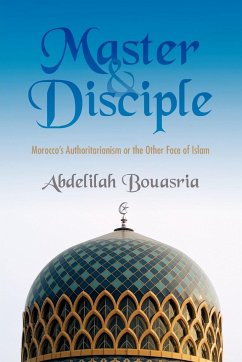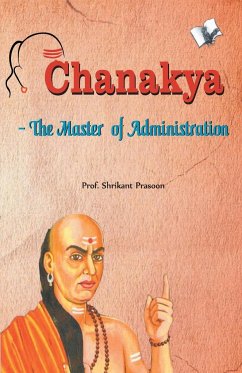
Master and Disciple
Morocco's Authoritarianism or the Other Face of Islam
Versandkostenfrei!
Versandfertig in 1-2 Wochen
16,99 €
inkl. MwSt.

PAYBACK Punkte
8 °P sammeln!
The relationship between Moroccan sainthood and its monarchical counterpart has attracted much attention from researchers in anthropology, religious studies or political science. The analysis of this waltz can offer invaluable insights into the dynamics of Moroccan history because the king and the saint are seen as the two most active actors in this history. Yet, the study of the relationship between these two figures has been an essentialized depiction of a hegemonic and a submissive pair. Hence, the work of Princeton's Moroccan anthropologist Abdellah Hammoudi about the master and the discip...
The relationship between Moroccan sainthood and its monarchical counterpart has attracted much attention from researchers in anthropology, religious studies or political science. The analysis of this waltz can offer invaluable insights into the dynamics of Moroccan history because the king and the saint are seen as the two most active actors in this history. Yet, the study of the relationship between these two figures has been an essentialized depiction of a hegemonic and a submissive pair. Hence, the work of Princeton's Moroccan anthropologist Abdellah Hammoudi about the master and the disciple deserves a pause in this work to "deconstruct"- in a very healthy way that academic ego feigns to ignore- some of its anti-Foucauldian assumptions. In this book, I offer an integrated methodology to read the Sufi relationship politically.The dynamics of king/saint relationship in Moroccan culture allows the strategic reinvention of the "sheikh" in order to meet the dynamic requirement of Moroccan history. One can see how the very fashionable Hamza Yusuf switched from attacking- in one of his tapes-the former Moroccan king Hassan II as a mafia mobster, to tilting his head in submission while invited at the king's palace in the "Hassani lectures. The Sufi attire has become a very fashionable garment in Morocco lately with its accompanying music (the Fes Festival) and its ministers, and a political gaze at this symbolism haunts us to recall its "déjà vu" in Moroccan archives.














